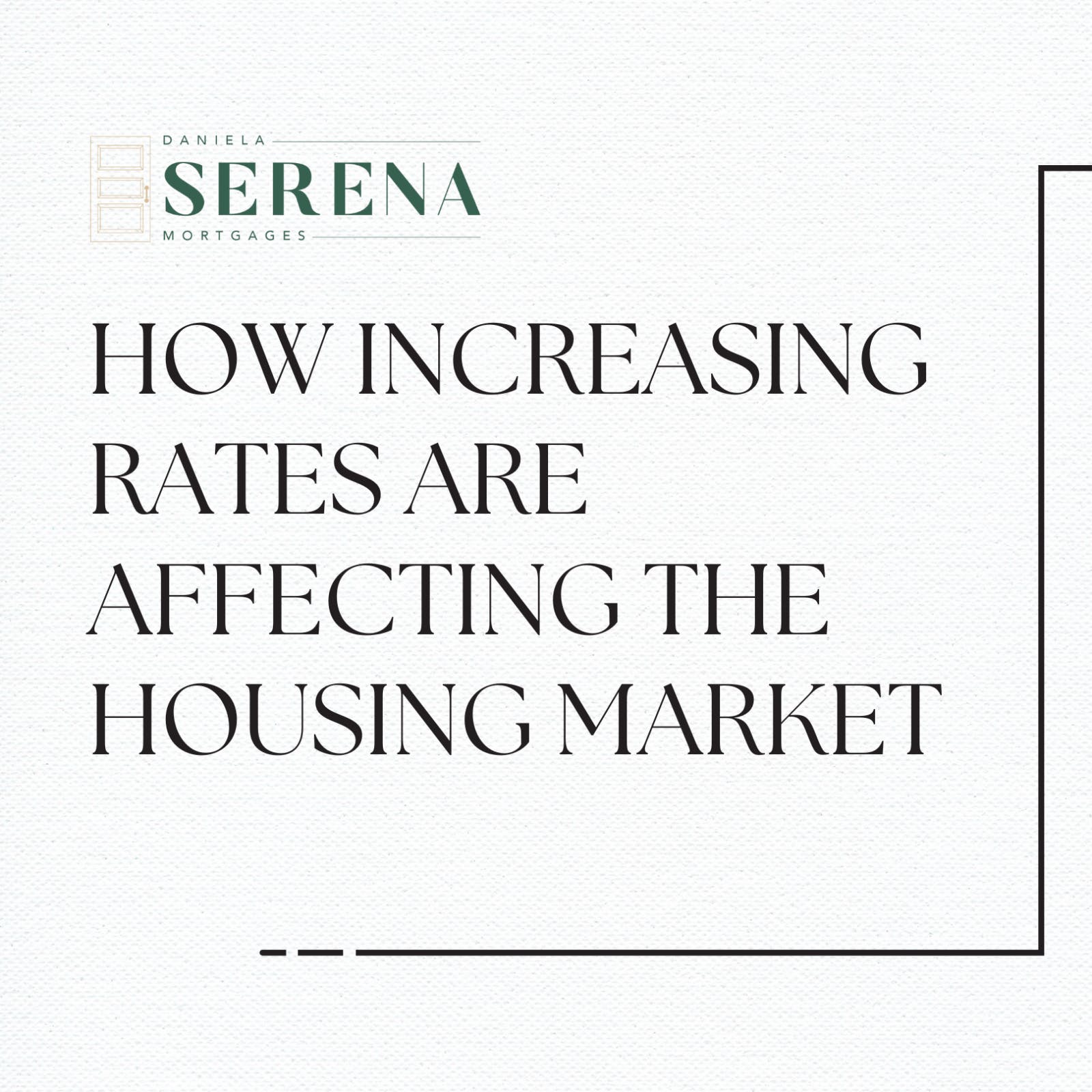You are probably feeling the worry lately with increasing rates, and overall increase of living expenses. You are certainly not alone.
When it comes to mortgages – which I have been arranging for over 15 years, I have seen a huge variance in rates over the years. Up until recently we have been incredibly spoiled with what I called practically “free money”. Both fixed rates and the variable products have been at some of the lowest rates in history. But did you know when you were approved for your mortgage, there was a stress test in place? For example – if you had a variable rate mortgage, you were approved at the Bank of Canada’s posted 5-year rate which was 5.25%? If you were in a fixed rate, you were approved at 2% higher than your actual rate or 5.25%, whichever was higher. This was done with all financial institutions to ensure that should rates rise, you would be able to weather the storm.
If you have a fixed rate, your payments have stayed the same. However, if you were in a variable product, which at the time was as an excellent choice, you are certainly feeling it now. With the deeply discounted variable products like Prime – 1.0%, you were paying off a lot of interest at the beginning of your term, and you are still doing great, as current fixed rates are well above 5% right now. For example, if your variable rate mortgage is Prime (4.70%) -1.0% = your current rate is 3.70%. You are still well below the rate of 5.25% stress test that you were approved at and well below current fixed rates. I do have to remind people daily; these rates are still historically low. History has shown what goes up, goes down, and the talk is that once inflation goes down, we will start to see rates drop again mid-to-late 2023.
How Home Buyers Are Affected – with both fixed and variable rates:
• You wind up qualifying for a lower loan amount. The amount of a preapproval from lenders is based on both your down payment and the monthly payment you can afford based on your debt-to-income ratio. Because your monthly payment is higher, you’ll have a lower loan amount you can handle.
• For example: Just over a year ago, if you went with a variable mortgage, made $80K a year no debt, you could be approved for a purchase price of $550K with 20% down. With today’s rates, you would qualify for $475K with 20% down. That’s a difference of $75K in buying power.
• You may have difficulty finding homes in your price range. As rates rise, sellers typically end up not raising prices and may even lower them if they don’t receive offers after a period of time, but it’s important to realize that this may not happen right away. Right now, there still isn’t enough inventory to keep up with supply, particularly when it comes to existing homes. For this reason, pent-up demand could sustain higher prices for a bit, but without the bidding wars and rush buys. Or some buyers may be temporarily priced out of the market.
How Home Sellers Are Affected
• You might have a harder time finding a new home. One of the things that makes your home so desirable and drives home prices up as a seller is the fact that there are so few options on the market. What you need to realize is that even if you make a bundle on your home, you could end up spending a lot more to find another house. You would also be doing so at a higher interest rate.
• Your home may not sell for as much. This is the part that’s hardest to predict because inventory is so limited that prices will remain high in many areas for longer than they normally would in a rising rate environment. However, at some point, the frenzy for housing will end. When that happens, you might have to lower your price to get offers, and there may be fewer interested buyers.
How Homeowners Are Affected
• If you have a fixed rate, your rate and payments won’t change at all (until your renewal date). Always speak to a mortgage broker 120 days prior to your renewal.
• If you have variable rate mortgage, your payments have gone up, OR – depending on your bank, payments may have stayed the same but more of your payment is going to interest rather than principal. For example: on a $650K mortgage, if your rate is Prime -0.35% (and many have a better rate than this) just over a year ago, your payments would have been $2432/month. Now, with the increase in Prime, your payments are $3221… a difference of $789, or like having a very big car payment!
• If you’re looking at refinancing you should know that if you’ve taken out a new mortgage at any time in the last several years, you probably won’t be getting a lower rate. But you may want to try to get a deeper discount variable while they are available rather than waiting for your renewal date! One thing to keep top of mind in this type of market is that years of rising prices mean that many people have a lot of equity. This could work to your advantage in a debt consolidation. While no one likes higher mortgage rates, they’ll always be lower than the interest rate you pay on a credit card. Debt consolidation could allow you to roll high-interest debt into your mortgage and pay it off at a much lower rate, while reducing your stress and improving cash flow.
• If your pension income isn’t enough to make ends meet right now, relieve your stress and let’s chat about a Reverse Mortgage, no payments required! I love this product and you will love it too.
If you were thinking of selling, it is still a great time to sell if you are working with a Team that knows the market, like Generations Real Estate Partners. You may sell for lower, but you will also buy for lower and perhaps not have to deal with multiple offers. Please be sure before selling or buying, that you are properly pre-approved, by me!
Daniela Serena
Your Trusted Mortgage Expert
Tel: 604-889-6750 / Email: serenamortgages@gmail.com



